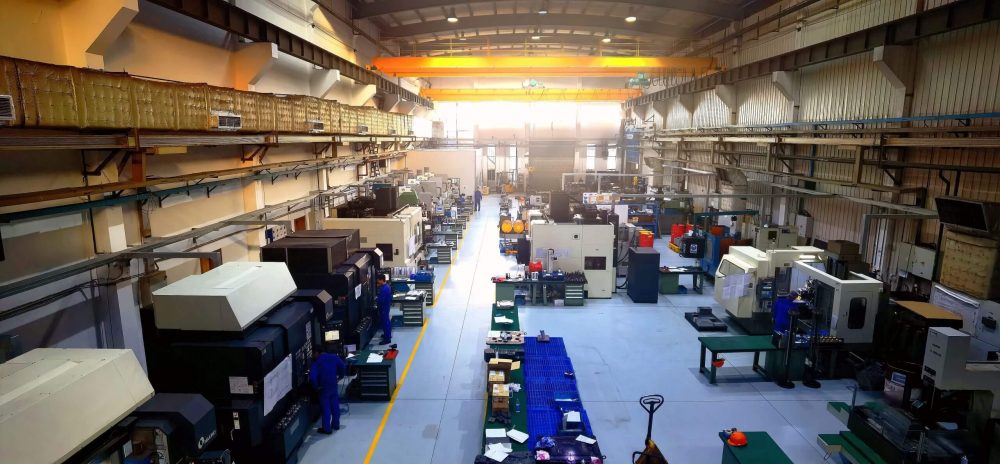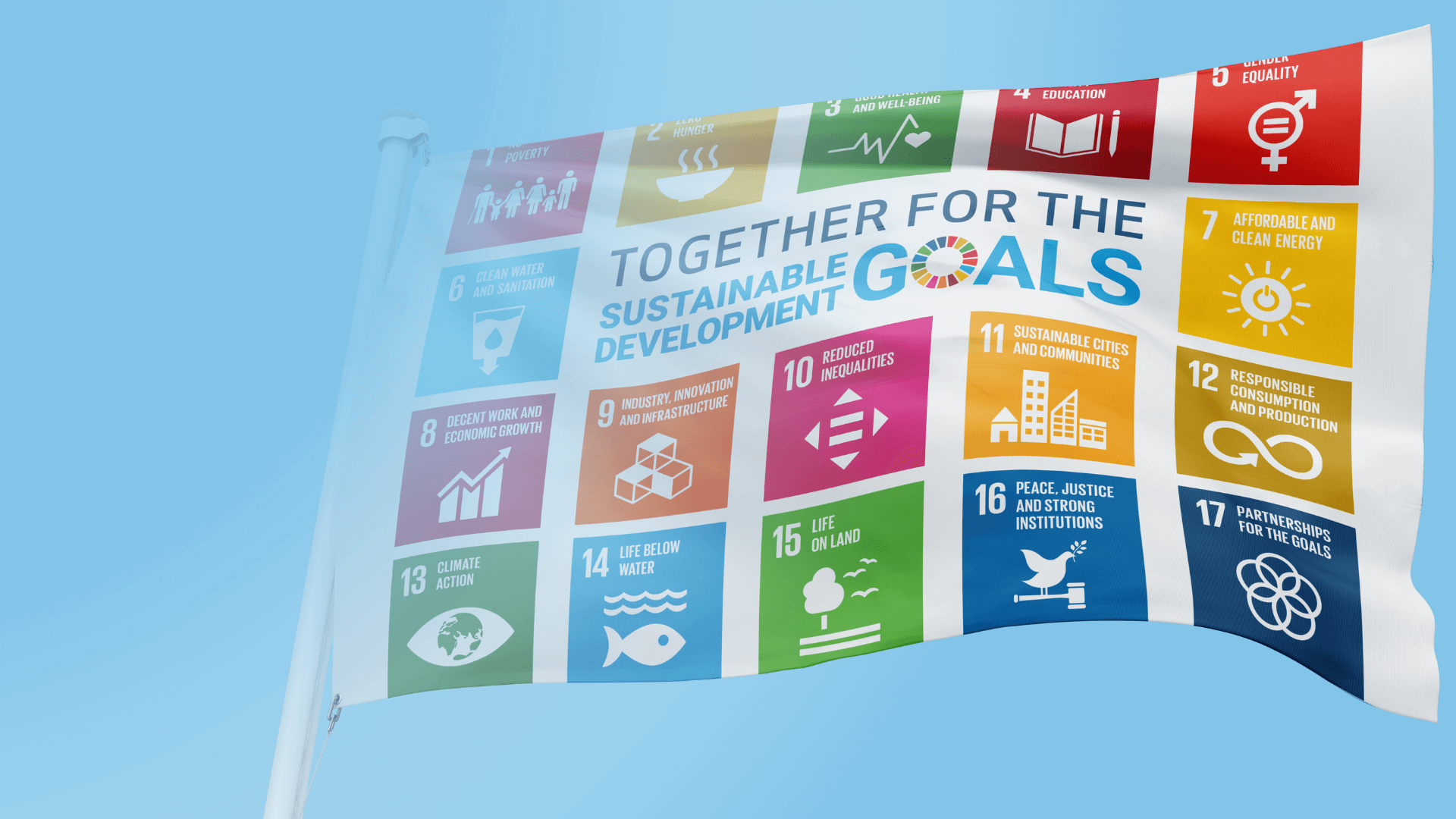e-Mobility and Industry
Motor with liquid cooling
e-Mobility and Industry
Method: Sand casting
The sand casting method consists of a furan resin bonded sand mold into which melted metal is poured at about 750°C. The sand is bound with furan resin, which is chemically hardened at room temperature by mixing it with acid and sand. Plastic and wood are used as material for the casting pattern at a relatively low cost.
Chassis for power supply
e-Mobility and Industry
Method: Shell mould casting
In the shell mould casting process, fine sand is poured on a heated metal pattern. The hot surface of the metal hardens the resin-bonded sand to create a shell. The shell is lifted off the model and glued together with the other half of the shell to create a sand mould. Then molten metal is poured into the shell sand mould.
Electrical motor parts for pumps
e-Mobility and Industry
Method: High pressure die casting
In the high pressure die casting process, the metal is forced into a high-grade steel tool at high speed and pressure. The casting temperature is roughly 700°C during casting. The use of vacuum casting technology is an advantage in order to achieve superior quality for light and thin-walled components.
Chassis for solar inverters
e-Mobility and Industry
Method: High pressure die casting
In the high pressure die casting process, the metal is forced into a high-grade steel tool at high speed and pressure. The casting temperature is roughly 700°C during casting. The use of vacuum casting technology is an advantage in order to achieve superior quality for light and thin-walled components.
Rear Cover for HMI/IPC
e-Mobility and Industry
Method: High pressure die casting
In the high pressure die casting process, the metal is forced into a high-grade steel tool at high speed and pressure. The casting temperature is roughly 700°C during casting. The use of vacuum casting technology is an advantage in order to achieve superior quality for light and thin-walled components.
Chassis for frequency converter
e-Mobility and Industry
Method: High pressure die casting
In the high pressure die casting process, the metal is forced into a high-grade steel tool at high speed and -pressure. The casting temperature is roughly 700°C during casting. The use of vacuum casting technology is an advantage in order to achieve superior quality for light and thin-walled components.
Diesel engine components
e-Mobility and Industry
Method: Low pressure die casting
In the low pressure die casting process the metal is transferred from an airtight furnace through a rising tube into a metallic tool. The casting temperature is about 750°C.
Low pressure die casting is a competitive casting method when the production quantity is relatively small and/or when heat treatment is needed to improve the mechanical properties. The tolerances and the surface finish are the same as achieved by gravity die-casting. The tooling costs are somewhat higher than by sand casting.
Alteams manufactures low-pressure die-castings in Laihia and with sand cores in Loppi, Finland.
Minibus vehicle seat fixing system
e-Mobility and Industry
Method: Low pressure die casting
In the low pressure die casting process, the metal is transferred from an airtight furnace through a rising tube into a metallic tool. The casting temperature is about 750°C.
Low pressure die casting is a competitive casting method when the production quantity is relatively small and/or when heat treatment is needed to improve the mechanical properties. The tolerances and the surface finish are the same as achieved by gravity die-casting. The tooling costs are somewhat higher than by sand casting.
Alteams manufactures low-pressure die-castings in Laihia and with sand cores in Loppi, Finland.
Learn more about aluminium casting of the future

17.01.2022 | Articles
Alteams Hitech Tools (AHT)
To meet growing demand for Telecom industry customers, Alteams founded Alteams Hitech Tools (AHT) in…

27.06.2024 | Blog
Summer Greetings from the Alteams Group CEO
The sun is up longer now in the northern hemisphere, and summer is here. I…

26.09.2024 | News
Alteams Promoting Sustainable Development
Alteams joined the Global Compact in April of this year. We asked Anne-Mari Järvinen, Alteams…
